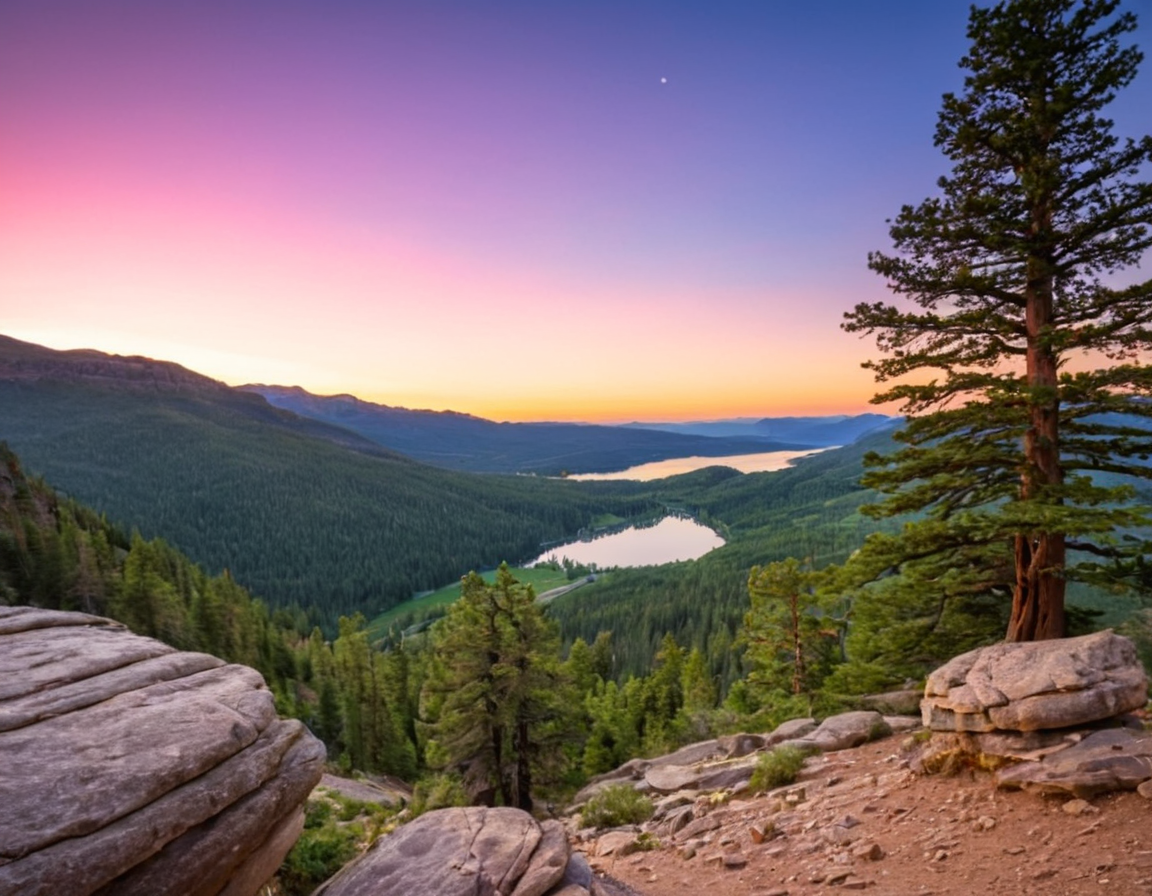Kit Lens Landscape Tips: How To Photograph in 2023

Shattering the Illusion: Mastering Landscape Photography with a Kit Lens
Landscape photography, often considered an art form, can be intimidating, especially when it comes to equipment and technique. Many photographers believe that a high-end camera or lens is necessary to capture stunning landscape images. However, this couldn’t be further from the truth. In this article, we’ll delve into the world of landscape photography using a kit lens, debunking common myths and providing practical tips for achieving breathtaking results.
The Kit Lens: A Starting Point
The kit lens that comes with most DSLR or mirrorless cameras is often viewed as an inferior piece of glass. However, it’s not entirely without its merits. The kit lens serves as a great starting point, allowing photographers to develop their skills and build confidence before investing in more expensive lenses.
Understanding the Kit Lens
The kit lens typically has a focal length between 18-55mm. This range is suitable for capturing landscapes, but it’s essential to understand that it won’t provide the same level of depth of field control as a wider-angle lens or telephoto lens.
Key Features and Limitations
- Field of View: The kit lens has an extremely wide angle, which can be both beneficial and detrimental. While it allows for more scene coverage, it also introduces unwanted distortions and vignetting.
- Optical Quality: Kit lenses often suffer from optical imperfections such as chromatic aberration, distortion, and coma. These issues can be corrected with post-processing software but should be avoided if possible.
- Image Stabilization (IS): Most kit lenses lack IS, making handheld shooting more challenging.
Preparing for the Shoot
Before we dive into the technical aspects, it’s crucial to understand that landscape photography is as much about the eye as it is about the camera. Composition, lighting, and patience are essential components of capturing stunning images.
Researching Locations
Researching potential locations is vital in landscape photography. Look for areas with unique features such as waterfalls, mountains, or interesting textures. Consider visiting during the golden hour (dawn or dusk) when the light is soft and warm.
Understanding Your Camera
Familiarize yourself with your camera’s settings and modes. Understand the differences between manual, aperture priority, and shutter priority modes. Practice using these modes to develop muscle memory.
Shooting Techniques
Mastering shooting techniques is crucial in landscape photography. While we’ll be focusing on a kit lens, some principles apply across all lenses.
Composition
- Rule of Thirds: Divide the frame into thirds both horizontally and vertically. Place your subject along these lines or at their intersections.
- Leading Lines: Look for leading lines that can guide the viewer’s eye to your subject. These can be roads, paths, shorelines, or any continuous feature.
- Symmetry: Utilize symmetry to create visually appealing images. This can be achieved by placing subjects in the center of the frame or using reflective surfaces.
Camera Settings
When using a kit lens, it’s essential to understand that depth of field will be limited due to its wide angle. However, you can still achieve acceptable results with some adjustments:
- Aperture: Use a large aperture (high f-stop number) to ensure sufficient depth of field.
- Shutter Speed: Adjust your shutter speed according to the scene’s requirements. A slower shutter speed can create motion blur or artistic effects.
Working with Light
Light is perhaps the most critical aspect of landscape photography. Golden hour, overcast skies, and dramatic weather conditions are all opportunities to capture stunning images.
- Golden Hour: Soft, warm light during dawn or dusk creates long shadows and adds depth to your scene.
- Overcast Skies: Utilize overcast skies to create moody, high-contrast images.
- Dramatic Weather: Be prepared for challenging weather conditions such as rain, snow, or fog. These can add drama and interest to your shots.
Post-processing
Post-processing is an essential step in landscape photography. It allows you to enhance and correct your image without altering its essence.
Raw Image Processing
- Adobe Lightroom: A powerful tool for managing and editing raw files.
- Adobe Photoshop: Utilize this software for more advanced editing tasks such as merging images, removing distractions, or adjusting the mood of an image.
Conclusion
Landscape photography using a kit lens is not only possible but also rewarding. By understanding the limitations and benefits of your equipment, you can develop unique and captivating compositions that showcase your artistic vision.
The Next Step
If you’re interested in taking your landscape photography to the next level, consider investing in a wider-angle or telephoto lens. These lenses will provide greater flexibility and control over your shots.
A Call to Action
What’s your favorite location for capturing landscapes? Share your experiences and tips with us in the comments below.
Tags
landscape-photography kit-lens-tips outdoor-shooting photography-beginners digital-camera-use
About Jose Gimenez
Hi, I'm Jose Gimenez, a seasoned photographer and blogger passionate about helping creatives level up their craft. With years of experience shooting weddings, landscapes, and portraits, I share practical tips, tutorials, and tools on lentecreativa.com to inspire and educate photographers.
